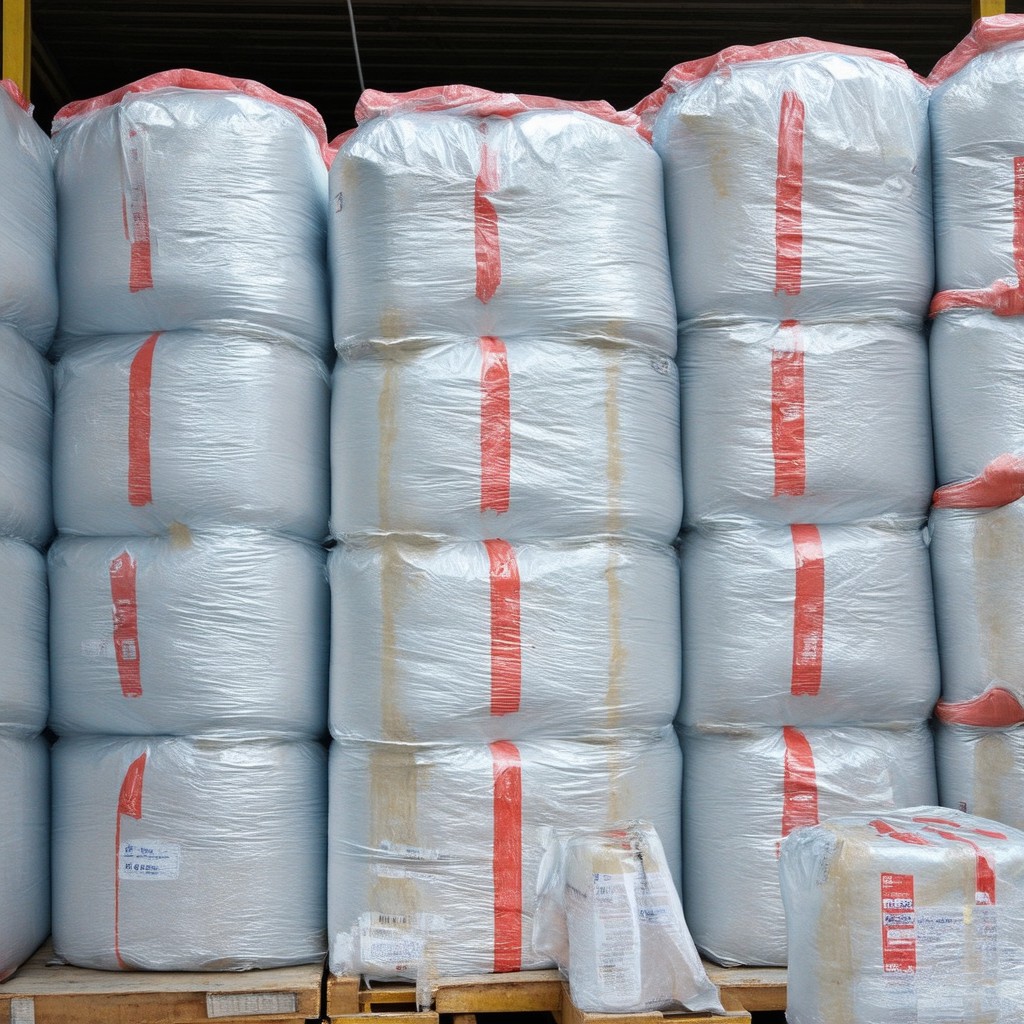No, sodium lignosulfonate is generally considered non-toxic or low in toxicity.
Here are some key points about the toxicity of sodium lignosulfonate:
- Low oral toxicity:
- Studies have shown that sodium lignosulfonate has a relatively low oral toxicity, with LD50 (lethal dose for 50% of test animals) values in the range of 5,000-10,000 mg/kg body weight in animal studies.
- This indicates that sodium lignosulfonate has a low potential for acute oral toxicity.
- Low dermal toxicity:
- Sodium lignosulfonate also has a low potential for dermal (skin) toxicity. Animal studies have reported LD50 values for dermal exposure to be greater than 2,000 mg/kg body weight.
- This suggests that sodium lignosulfonate is not readily absorbed through the skin and has a low acute dermal toxicity.
- Non-irritating and non-sensitizing:
- Sodium lignosulfonate is generally not considered a skin or eye irritant, and it is not classified as a skin sensitizer.
- This makes it a relatively safe material to handle and use, especially in industrial and manufacturing applications.
- Environmental safety:
- Sodium lignosulfonate is considered to have a low environmental toxicity and is biodegradable, making it a more environmentally friendly alternative to some synthetic chemicals.
- Regulatory status:
- Sodium lignosulfonate is generally recognized as safe (GRAS) by various regulatory bodies, including the U.S. Food and Drug Administration (FDA) for use in food, drug, and cosmetic applications.
It’s important to note that while sodium lignosulfonate is considered low in toxicity, as with any chemical, proper handling and safety precautions should be taken, especially in industrial or occupational settings, to minimize any potential risks. However, overall, sodium lignosulfonate is regarded as a relatively safe and non-toxic material compared to many other industrial chemicals.

